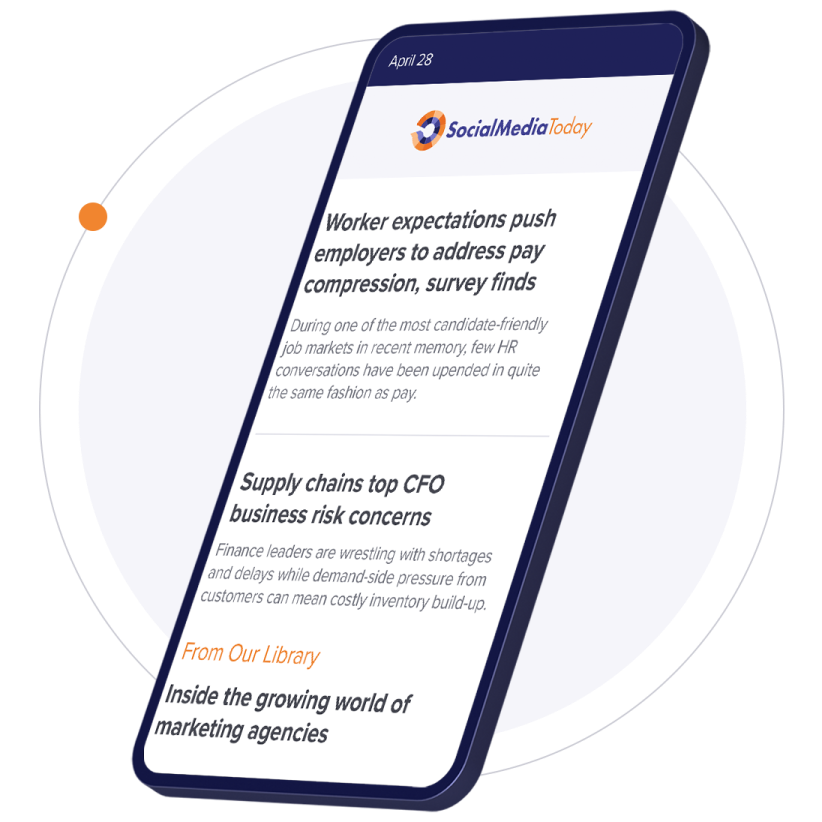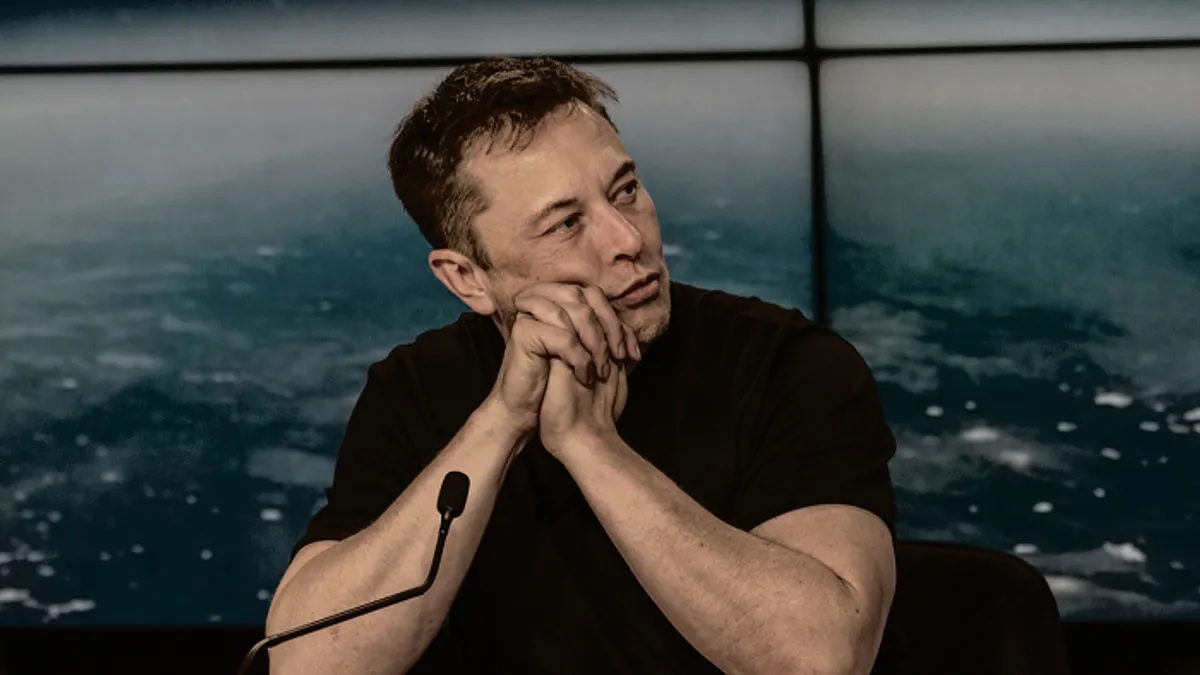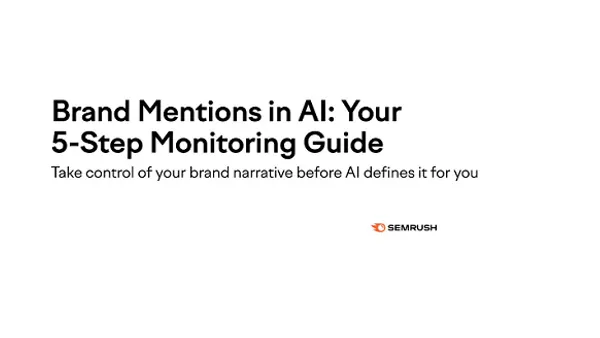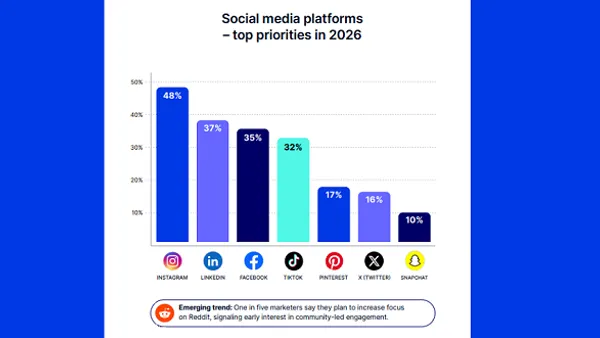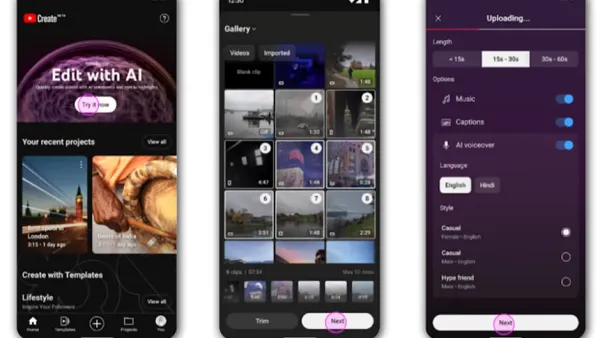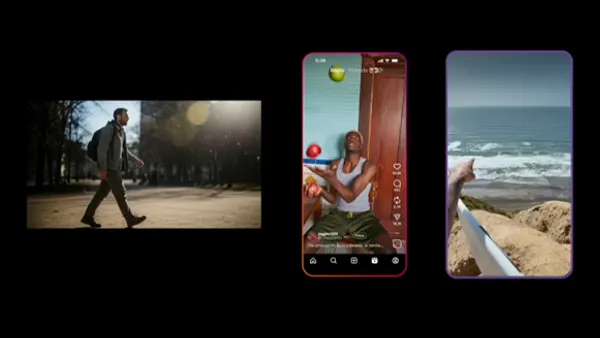The Internet and traditional media are about information and solutions. Web sites enable both of these activities: Finding answers and associating buying decisions with those answers. Conventional push advertising, once relevance is established, can be an important aspect of the search for information and solutions. When advertising started moving to the web it had to change, to become less brand-focused and more intent-focused. However it still fit the broadcast or network model once intent and relevance were added as criteria for acceptance by users.
Social media is a completely different layer that has been added to the web, hence the web 2.0 moniker. Social media is about communication. It is an ongoing, fluid public conversation in which users exchange all kinds of information and experience, often as it takes place. This fluid nature means that attempting to take a traditional broadcast approach to advertising, even with relevance and intent, not only won't work but can actually have a negative impact as users spread the word about what they don't like about an ad or brand. If an ad interrupts a conversation it will make people mad.
Conventional media buying relies on reach or authority to determine where to buy ads because higher trafficked and/or respected sites will reach more users. Authority in social media is just one piece because any social media site can break a story, impugn a reputation or slam a brand experience and if the story is compelling it will get picked up and spread out, often in minutes. The challenge in social media is not to search out information, it is to monitor and listen to these conversations, identify opportunities to participate and then carefully engage. This can't be done with an ad network or 'push' model.
Engagement is a new way to build a brand or reputation, a different marketing paradigm. It requires new roles for marketers (Community Managers), new means of listening and reaching out (Social media monitoring tools) and a shift in our understanding of marketing. When you engage in conversations in social media it may seem overly labor-intensive compared to launching an ad campaign. An individual effort is required to be taken seriously. The good news ids that there is an exponential effect: When you comment on a blog, connect with a Tweet or respond to a review, your response has the potential to be seen by thousands or even millions of others. As you build a reputation in social media your authority rises and your brand becomes highly valued. This is the new model emerging in marketing communications. Those who embrace it and refine it will be the market leaders of the future.

